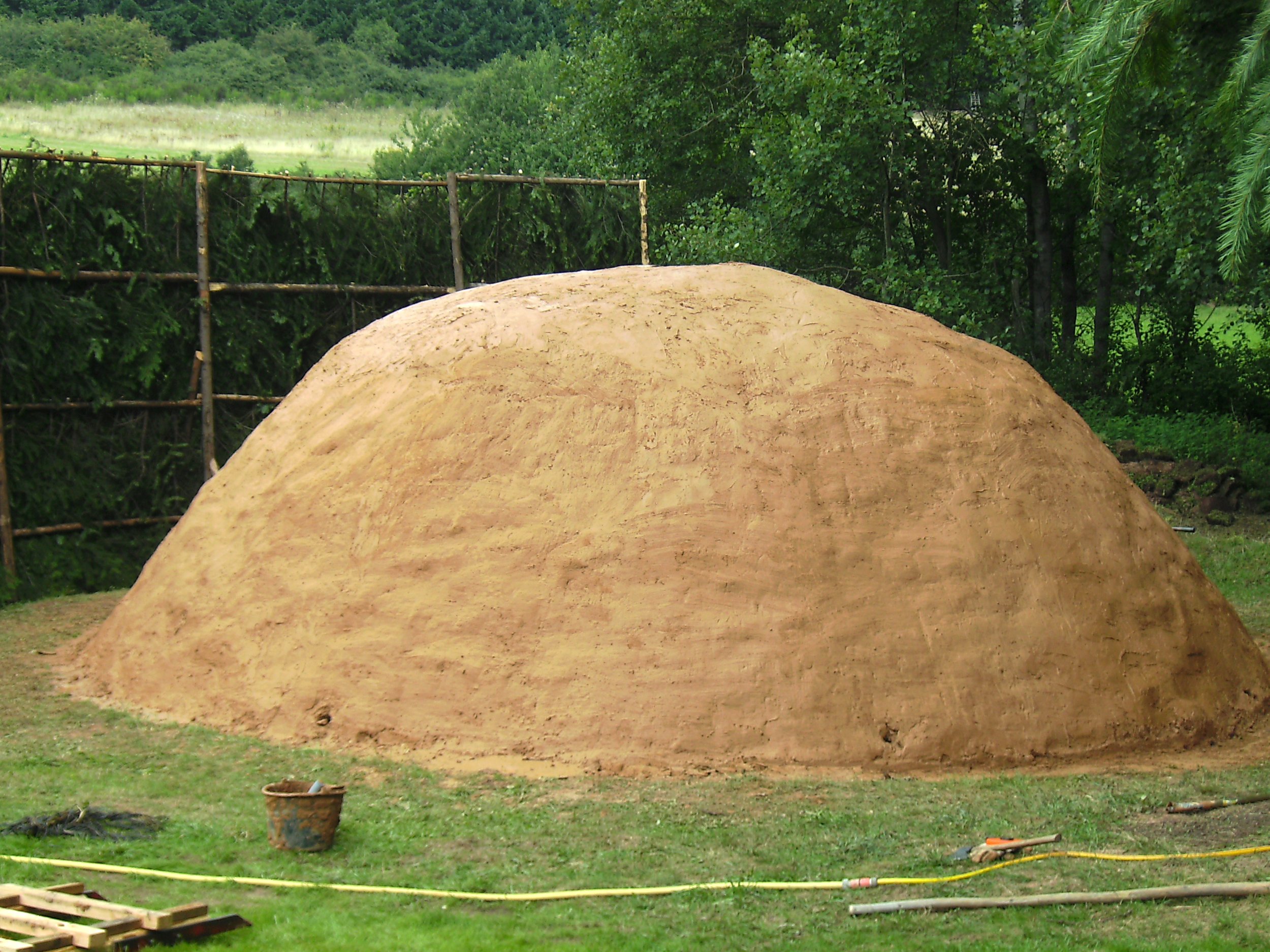The old profession of “charbonnier” or charcoal burner in New France and Québec
Discover the ancient profession of the “charbonnier”, or charcoal burner, which required above all else, the mastery of fire. Learn more about this profession in New France, Quebec and Canada.
Cliquez ici pour la version en français
Le Charbonnier | The Charcoal Burner
The charbonnier, or charcoal burner, was a person who made charcoal by transforming wood into coal in a pile or kiln. The term charbonnier could also refer to someone who sold charcoal.
Charcoal burning has existed since Antiquity. The pile and kiln were similar structures, but the pile was generally a temporary structure made of wood, while the kiln was a more permanent one made of stone, invented much later.
Diderot’s encyclopedia pages on charcoal, published between 1751 and 1780 (Bibliothèque nationale de France)
In Canada, there were multiple steps to producing charcoal in a pile structure.
Firstly, the charcoal burner chose a location—preferably cleared, level, sheltered from the wind and close to a body of water. Piles were normally built in or near the forest, reducing the time it took to transport logs. The charcoal burner could cut down his own trees or use the services of a lumberjack. Once a location was selected, he created a circular base, in the middle of which a mast was erected, measuring about 6 meters (20 feet) in height. Using six to ten cords of wood, the charcoal burner erected small logs to form a cone-like structure called a “meule.” He propped logs along the mast, also called the chimney.
The charcoal burner then covered the pile in a layer of grass. That was followed by a layer of loam (soil composed of sand, silt, and clay) soaked in water and coal ashes called “frasil.” Once this last layer was dry, he added another coat of frasil. Openings were kept at the bottom of the pile to fuel combustion.
Layer of wood surrounding the “chimney” (2008 photo by EPei, Wikimedia Commons)
Pile covered with loam, ready for firing (2008 photo by EPei, Wikimedia Commons)
To light the fire, the charcoal burner introduced embers and burning branches in an opening left at the base. When the pile was well lit, the opening left on the top by the now-consumed mast was blocked. Air was forced to escape through the vents at the base of the oven. The flames went out, and carbonization would begin, smouldering the wood.
A charcoal pile (image published in 1906, Wikimedia Commons)
At this stage, when blue smoke replaced white smoke, the carbonization was in progress. 24 hours after lighting the fire, the covering would begin to “sweat,” showing the charcoal burner where he needed to make repairs. He constantly directed the wind from one side of the pile to the other, preventing the wood from turning into ashes. To check the condition of the charcoal, the charcoal burner entered an iron rod in various places, which let him know the progress of the carbonization. He also listened to the crackling noises and observed the smoke colour.
The cooking process lasted between 7 to 15 days, depending on the amount of wood used. A good charcoal burner knew how to control the combustion inside the pile. He could not leave the fire unattended, which meant that he probably slept near the pile in a small shelter.
When the pile had completely turned into charcoal, it was left to die out slowly by plugging the openings at the bottom with clay. Then, to cool the coal, the charcoal burner covered the pile with earth. Dismantling the pile usually took place at night, in order to spot coals that were still hot and put them out.
Postcard, circa 1900 (Wikimedia Commons)
Postcard of the dismantling of a pile, circa 1900 (Wikimedia Commons)
Many forges, like the Forges du Saint-Maurice, employed coal burners. Charcoal was a necessary component for the processing of iron ore. Employee camps were often erected near the forges.
The profession of coal burner still exists in Canada, though the technology has greatly improved since the days of building piles in the forest. Here’s a look at Maple Leaf Charcoal in Sainte-Christine-d’Auvergne, Québec.
“Charcoal kiln, Alexandre Paquet, Saint Raymond, Portneuf” (1950 photo by J.W. Michaud, Bibliothèque et Archives nationales du Québec)
“Charcoal kiln, Alexandre Paquet, Saint Raymond, Portneuf” (1950 photo by J.W. Michaud, Bibliothèque et Archives nationales du Québec)
Did you know? Charcoal burners were exempt from conscription in Canada during the First and Second World Wars, as coal production was considered an essential war effort.
J. A. Fortin, wood and charcoal merchant, 1910 (Bibliothèque et Archives nationales du Québec)
To see step-by-step photos of the entire process, visit this excellent website that Joseph Guégan dedicates to his father, a charcoal burner (the accompanying text is in French only).
The common occupational surname Charbonnier still exists in Canada today.
Know persons who had this occupation:
Enjoying our articles and resources? Consider showing your support by making a donation. Every contribution, no matter how small, helps us pay for website hosting and allows us to create more content relating to French-Canadian genealogy and history.
Thank you! Merci!
Sources:
Sylvie Bédard, “Charbonnier : un savoir-faire en péril," 11 Apr 2018, Bibliothèque et Archives nationales du Québec (https://blogues.banq.qc.ca/instantanes/2018/04/11/charbonnier-savoir-faire-peril/).
M. Diderot, Encyclopédie, ou Dictionnaire raisonné des sciences, des arts et des métiers. Planches, t. 1/, par une société de gens de lettres. Mis en ordre & publié par M. Diderot…, & quant à la partie mathématique, par M. d’Alembert… published 1751-1780, Bibliothèque nationale de France (https://gallica.bnf.fr/ark:/12148/bpt6k316518d/f143.item.zoom)
Joseph Guégan, "L’art du charbonnier," Le blog de Joseph Guégan (https://www.josephguegan.com/2013/12/lart-du-charbonnier/).
Jeanne Pomerleau, Arts et métiers de nos ancêtres : 1650-1950 (Montréal: Guérin, 1994), 129-134.










